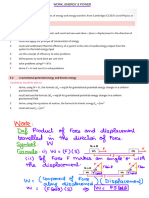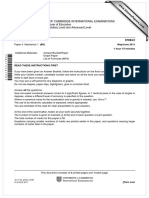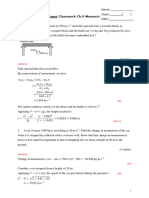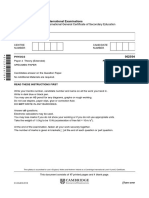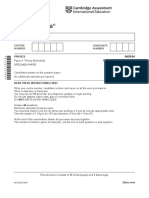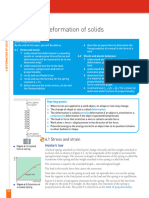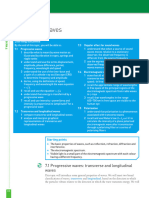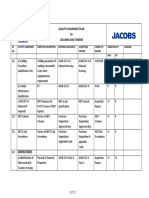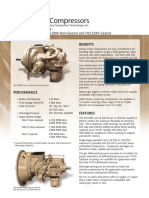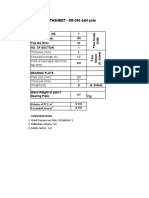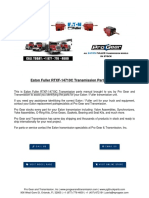0% found this document useful (0 votes)
110 views7 pages11B As Level Review Exercise
1. A 2.0 g bullet is fired into a 600 g wood block suspended by strings. The block and bullet rise together 8.6 cm. The student is asked to calculate the change in gravitational potential energy, the initial speed of the block and bullet, the bullet's speed before impact using conservation of momentum, and the type of collision.
2. A potential divider circuit with resistors of 2000 Ω and 5000 Ω is described. The student is asked to calculate the voltage across the 2000 Ω resistor for a 6 V battery, and to explain how the reading on a voltmeter in parallel with the 2000 Ω resistor would change as the temperature of a thermistor in parallel with the 5000
Uploaded by
fisica2Copyright
© © All Rights Reserved
We take content rights seriously. If you suspect this is your content, claim it here.
Available Formats
Download as PDF, TXT or read online on Scribd
0% found this document useful (0 votes)
110 views7 pages11B As Level Review Exercise
1. A 2.0 g bullet is fired into a 600 g wood block suspended by strings. The block and bullet rise together 8.6 cm. The student is asked to calculate the change in gravitational potential energy, the initial speed of the block and bullet, the bullet's speed before impact using conservation of momentum, and the type of collision.
2. A potential divider circuit with resistors of 2000 Ω and 5000 Ω is described. The student is asked to calculate the voltage across the 2000 Ω resistor for a 6 V battery, and to explain how the reading on a voltmeter in parallel with the 2000 Ω resistor would change as the temperature of a thermistor in parallel with the 5000
Uploaded by
fisica2Copyright
© © All Rights Reserved
We take content rights seriously. If you suspect this is your content, claim it here.
Available Formats
Download as PDF, TXT or read online on Scribd
/ 7


